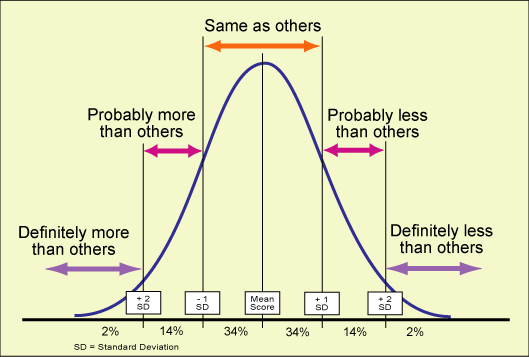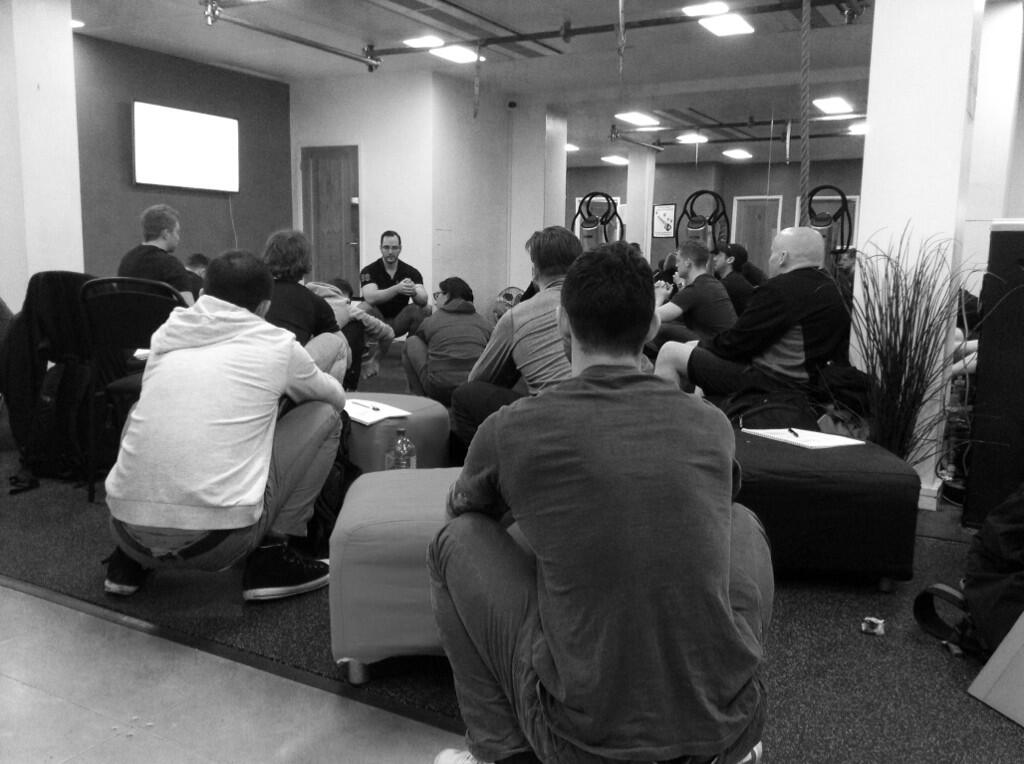Discovering Your Optimal
“Everyone is a genius. But if you judge a fish by its ability to climb a tree it will live its whole life believing it is stupid.” – Albert Einstein
Everyone is always looking to find the absolute best way to do anything. This could come down to what route is best to get to work on time, how to eat to get the best hormone profile for either muscle building or fat loss, even down to how to get the absolute lowest cost on airfare or hotels while then complaining about making transfers in every hub in the continental United States and arriving at 2am as a result.
“You mean if I transfer in Houston and La Guardia and spend 20 hours on a plane I can save $100 over a three hour direct flight? Sounds good to me!!!”
Anything less than optimal is a waste of time, even if most people never get to optimal. The fitness industry is primarily based on hyperbole, meaning we always hype things up to be the biggest, best, hardest, fastest, and most amazing version of anything, ever, always. It’s like listening to a Steven Colbert statement and trying to figure out the grammatical syntax.
[embedplusvideo height=”365″ width=”600″ editlink=”http://bit.ly/1qAJgwp” standard=”http://www.youtube.com/v/MOUdVww_Mn8?fs=1″ vars=”ytid=MOUdVww_Mn8&width=600&height=365&start=&stop=&rs=w&hd=0&autoplay=0&react=1&chapters=¬es=” id=”ep3740″ /]
In spite of this, most of the fitness programs we’ll encounter will follow more of a bell curve distribution, much like most things in nature. Most people (about 60%) will see average results, about 20% may not see any results, and 20% will see above average results. Of those top 20%, there may be 5 or 10% of the entire sample that see exceptional results.
This goes for any exercise program, diet, muscle development strategy, fat loss methodology, or recovery modality. For instance, let’s say using high intensity interval training is being touted as the best method for fat loss in the history of all mankind. A group of 20 or 30 people go through 4 days a week of training and after 8 weeks everyone gets measured to see what they’ve done. Many people will have lost about 5 pounds, some will have lost nothing, and a few will have lost more than 10 pounds. We could call this a research study or simply a boot camp body transformation program being run out of countless gyms and private studios across the world.
In this example, the average result would be 5 lbs, not the fat torched body melting metabolism jacked life altering results most programs promise.
Why is there such a big difference? The easiest and yet most complex answer is simply that everyone is different.
Take for example our joint structure. I wrote an article for Eric Cressey a few months ago that looked at how pelvic shape and positioning could lend better to certain movements and load bearing capacity compared to others. Similarly, I contributed an article for Jen Sinkler talking about how the trend of a thigh gap is more related to anatomical shape than body fat and fitness, and how some bony alignments and shapes may not allow a thigh gap to occur.
In terms of hips, most people will be different and require different movement patterns to excel at, as well as different starting positions for assessments, different depths, and different limb lengths that makes each movement completely different.
Should you squat with your feet forward? Your toes turned out? Your spine perfectly straight? Your head looking up or down? Your eyes crossed and nostrils flared? Tongue up or down in your mouth? It matters, but each person will find their own unique positioning and have to determine what works best.
When working with a client and trying to determine their best squat position, I give them very little in terms of directions. I just say find what works best for them to hit depth with as little effort as possible, while still looking like it’s under control. Most people will do well on the first few reps, and might need a couple adjustments here and there, but sometimes those adjustments don’t produce anything beneficial, so we ditch them and go back to the drawing board. It’s a process and typically takes a few reps to find what works, but even then it’s rarely perfect on the first try.
[embedplusvideo height=”365″ width=”600″ editlink=”http://bit.ly/1i8L1N2″ standard=”http://www.youtube.com/v/tYl3hN_sPmk?fs=1″ vars=”ytid=tYl3hN_sPmk&width=600&height=365&start=&stop=&rs=w&hd=0&autoplay=0&react=1&chapters=¬es=” id=”ep4500″ /]
[embedplusvideo height=”365″ width=”600″ editlink=”http://bit.ly/1i8Lcba” standard=”http://www.youtube.com/v/KNm3m6Q7wMY?fs=1″ vars=”ytid=KNm3m6Q7wMY&width=600&height=365&start=&stop=&rs=w&hd=0&autoplay=0&react=1&chapters=¬es=” id=”ep5579″ /]
Because of this variation, some people may not respond well to doing movements like a back squat, whereas their best friend or brother may light up with uncomfortable awesomeness when doing a back squat. They may respond better to a front squat or a goblet squat variation instead, so playing to each persons strengths and weaknesses can help them respond better to a training program, and altering their stance and positioning can help them individualize it even more.
For instance, I can’t sumo deadlift to save my life, but there’s a lot of people who respond really well when doing this version versus a conventional pull. I wouldn’t force the envelope by saying even though you line up really well and can control your spine better in a sumo, you should pull conventional because it’s just a better lift according to many internet sources.
My wife is a better sumo deadlifter than I am. Here she is pulling 1.6 times her body weight. And she’s an endurance athlete.
[embedplusvideo height=”365″ width=”600″ editlink=”http://bit.ly/1ndPttS” standard=”http://www.youtube.com/v/lzIRn6xH-4c?fs=1″ vars=”ytid=lzIRn6xH-4c&width=600&height=365&start=&stop=&rs=w&hd=0&autoplay=0&react=1&chapters=¬es=” id=”ep9870″ /]
When it comes to dieting, it’s very much the same way. Some people will have fantastic results on any specific diet, and through no lack of effort, dedication, and follow through, someone else won’t. This can lead to a lot of stress and negative emotions to the idea of weight loss, simply because they may not have found the right dietary approach for them.
Some basic tenets exist for every diet. Eat more real foods than processed foods, drink lots of water, and then variations on what kinds of foods are permissible and avoided. Some talk about when you can eat and when you shouldn’t eat, which is always strange to me. I didn’t know your butt fat could tell time, but apparently it’s set on daylight savings.
Essentially, they will all work and they all won’t work. It depends on the individual doing it, and whether it works for them or not. It’s one of those concepts that’s very much like old school cooking of pasta. the way they determined whether it was done was by throwing it against the wall and seeing if it stuck. If it bounced off the wall or slid off the wall, it still had a few minutes left to go. If it stuck, it was ready to go.
For diets and exercises, and further down to exercise technique, see if it sticks. Try something out and see what happens. Alter things to your personal capabilities and tolerances, and see what works best for you. Optimal is a concept derived on attaining perfection, which is much less possible than many people think, so work towards what works better and keep going in that direction.




3 Responses to Discovering Your Optimal